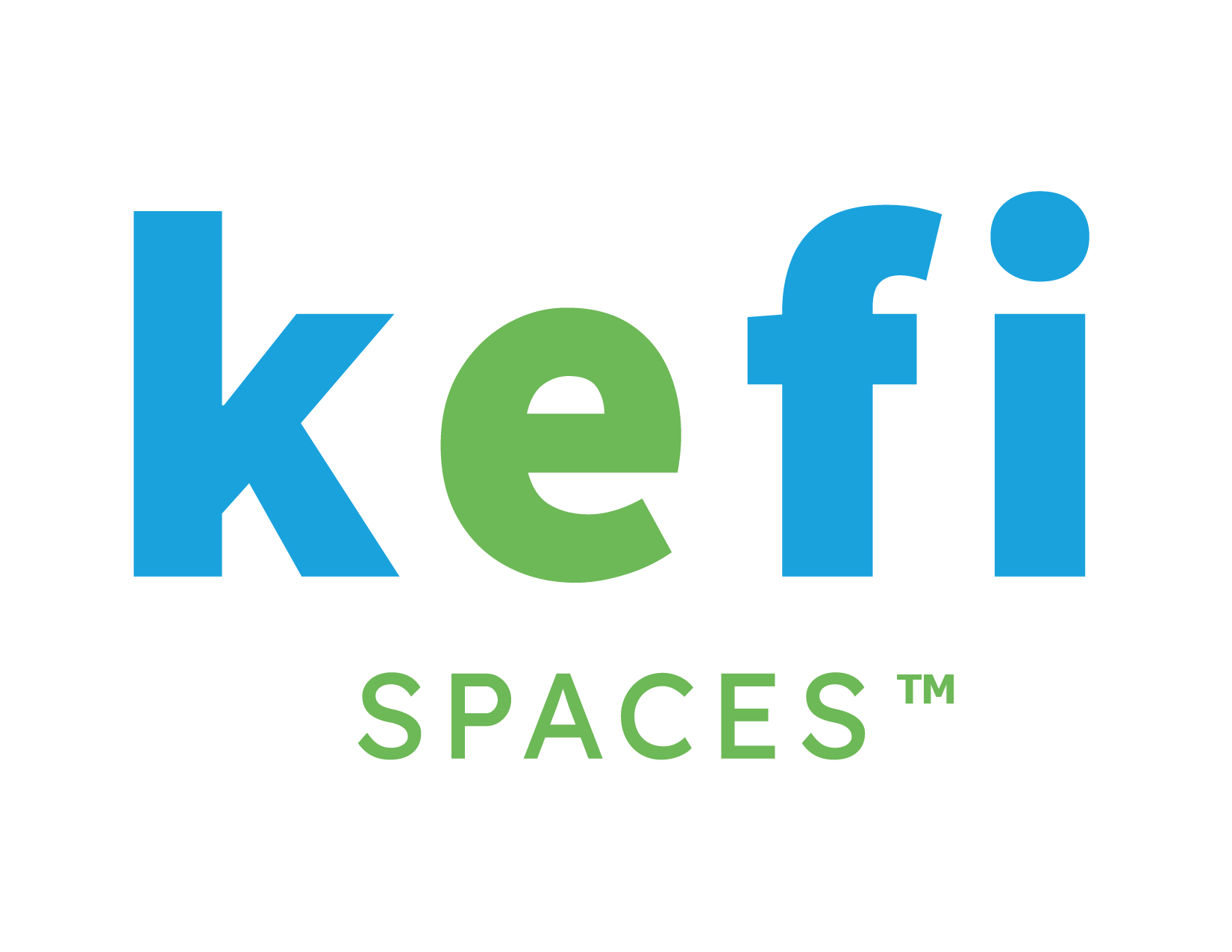The essential equipment for a business that takes its venture into e-commerce seriously can be described as follows: if you are going to sell on the Internet, you need a website and a few other tools.
For this purpose, there are a few alternatives:
• Website creators and managers. Create your web page, either from scratch if you master code, or using a free manager like WordPress.
• E-commerce platforms or CMS (Catalog Management System). These are services that allow you to create an online store or link your website with e-commerce functions.
• Resource storage systems. From cloud systems like Dropbox (where you’ll have to pay for unlimited storage) to Digital Asset Manager (DAM) systems that organize your audiovisual resources.
• Product data organization systems. Excel spreadsheets are still favorites for putting together product information in tables. It’s a great system, but we have a better recommendation below.
Free tools for e-commerce
It’s possible to start selling online without investing a lot of money, but in return, you should expect many limitations.
- Disadvantages: Free tools for e-commerce are many and varied, but require a great deal of technical knowledge or have limited functions that will soon fall short.
- Advantages: If your business is modest and you have a small catalog of products or services, which you’ll update once or twice a year, we recommend you start with the most basic and free tools. They will allow you to know the terrain, gain experience, and above all, discover which fronts you need to invest in.
Product information tools
As mentioned before, Excel is not bad per se, but it isn’t an e-commerce catalog tool. As soon as you want to manage a more complex, growing catalog of products, capable of being shared and sent to different platforms, you will need a tool created with catalogs for e-commerce in mind.
Tools to build loyalty in e-commerce
The most effective way to maintain contact with your customers and get new ones is a communicative marketing strategy adapted to their needs.
You can try the following types of tools:
- Email marketing. Send newsletters with news and promotions and special or personalized discounts, with systems as easy to use and free as Mailchimp or JangoMail.
- Lead tracking. Find potential customers and take specific actions through landings, pop-ups, or sweepstakes with the analysis of tools such as Wish Pond.
- Social networks. You can make your brand and catalog known through your customer profile’s favorite social networks (automating publications with Buffer or Hootsuite). Integrate product sharing buttons on your website, and include direct purchase options from social media, like Instagram.
- A/Btests. Compare which resources and options work best among your audience with tools that test the results of two variants, such as Optimizely or VWO.
There are more complementary tools that we can recommend in a future post.







